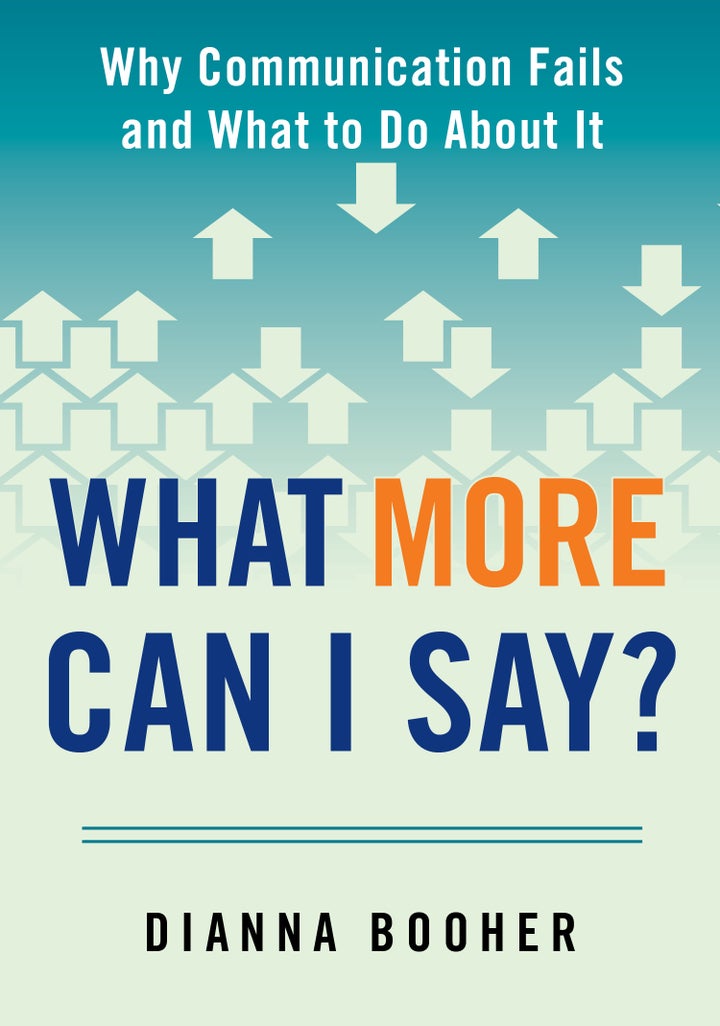
Not everyone wants to be a novelist. Most people would settle for writing a text message without the auto-correct feature turning an accurately spelled word into an amazingly stupid substitute. Here are a few hacks to help you write better emails, reports, proposals, or marketing copy:
Think First. Great writing flows from great thinking. Some people write as a method to think through a situation or decision. If that works for you, good. But don’t consider that email, proposal, or script as your best work. Catch a glimpse of the overall situation first. You can think as you’re sitting in traffic, waiting in the dentist’s office, or eating your lunch. What’s the goal of your email? What do you want the client to do after reading your proposal? Who else should get a copy of what you send? What details will they want to see or questions will they want answered?
Drop in Headings as a Map. Once you start to write, avoid getting bogged down in the details. List all of your headings in bold first. These represent the document in skeletal form. These headings show up just as the major interstates and freeways show up on a map. They keep you focused and driving in the correct direction as you drive through, adding the details underneath each.
Fire Bullets Fast. After you’ve listed the 3 or 5 or 8 key headings in your email, report, or proposal, quickly go back and list the bullet points you’ll make under each heading. Granted, you may not leave those points under each heading as a bulleted list in your final document. The idea is just to capture your thinking immediately about what you intend to write under each heading. Later as you come back to elaborate under each heading, those bullets will remind you of what you intended to say where. They are simply reminders of details that you may—or may not—include later.
Cut Your Losses. If you could do the first 3 steps listed above (think clearly about what you intend to write, drop in headings, list 2-3 bullets under each heading), then maybe you shouldn’t write the report, proposal, letter, script, or speech at all. It’s better to know that up front than waste three hours staring at a blank screen trying to get started and then eventually turning out trivial or trite work.
Create Strong Templates. Templates should never look like templates. But that doesn’t mean you shouldn’t have them. It simply means you need to create better ones—ones less recognizable as templates and more customized to the task at hand. If you write the same report quarterly, capture recurring database notes, or give the same kind of management briefings with slides, refuse to bake from scratch. But do make sure each new iteration addresses new issues specifically. Get very familiar with the “Insert” and “Delete” keys.
Trim the Fat. Write with active verbs. Dig buried verbs out of noun phrases. Delete little-word padding. Cut clichés and redundant ideas. The best way to become aware of fatty phrasing is to hand a page of your writing to a skilled editor and watch them chop. They’ll return it to you with half as many words—and no fewer ideas. Paying for one edit job (to compare to your original copy with the tracking feature on in Word) is faster and cheaper than another college degree.
Study a Few Great Writers. Select 2-3 great bloggers, feature writers, or book authors (not necessarily great marketers with a large following), and analyze their writing style: Sentence patterns, length, and variety. Verb selections. Dialogue. Voice (tone/attitude toward their topic). Layout. Then follow suit.

